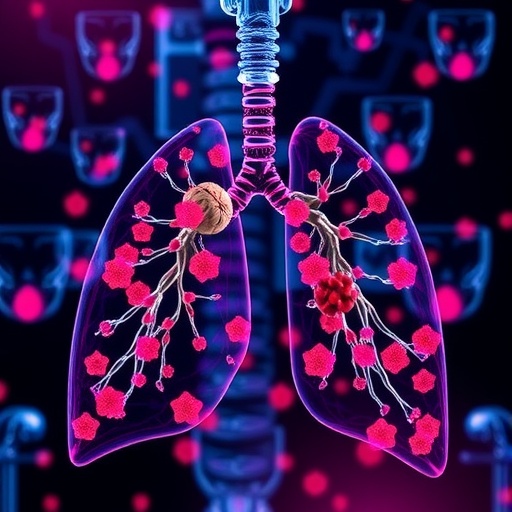ISTANBUL, TURKEY – In a paper published in the Journal of Biological Chemistry, Dr. Özdemir has studied two protein families named Rho GTPases and IQGAPs, which are known to play an important role in cancer metastasis. These two “suspicious” protein families have been studied by many researchers over the years, but the interaction between them had not previously been fully understood.
It is important to understand how metastasis, the spreading of cancer from its primary site to other organs, takes place, since preventing metastasis means keeping cancer under control. This is why Dr. Özdemir chose to study these proteins, which are known to activate metastasis.
Requiring a large amount of probabilistic calculation, the study was only made possible through computational simulation techniques with the help of very powerful computers. A simulation environment in which many such elements as the water density in the cell, the ions and the three-dimensional structure of the proteins were very precisely simulated. This made it possible to observe how exactly the two proteins interacted, the points at which they bound, and what morphological changes the bonding caused in the proteins.
The simulation of the structures that included the numerous bonding points to find the correct bonding took six months. The study observed how bonding points and sequence of the two proteins, and how the large protein found its match and how the two complex structures bound together. And it was established that the complex structures that formed, activated the mechanisms which triggered metastasis in cells.
Dr. S?la Özdemir’s study was tested and replicated on cancer cells in a laboratory setting by another research group at the National Institutes of Health in the United States (NIH), and the results showed an exact match: The experiment verified the data produced through the computer simulations. The most important outcome of this discovery will be its contribution towards the design of a drug that targets the mechanism in question.
Following its publication in the Journal of Biological Chemistry, among the most prestigious journals in the field, Dr. Özdemir’s research went on to be published as part of a special collection by the journal of the most influential papers of 2018.
To view the video, please go to https:/
###
Media Contact
Hande Sarantopoulos
[email protected]




